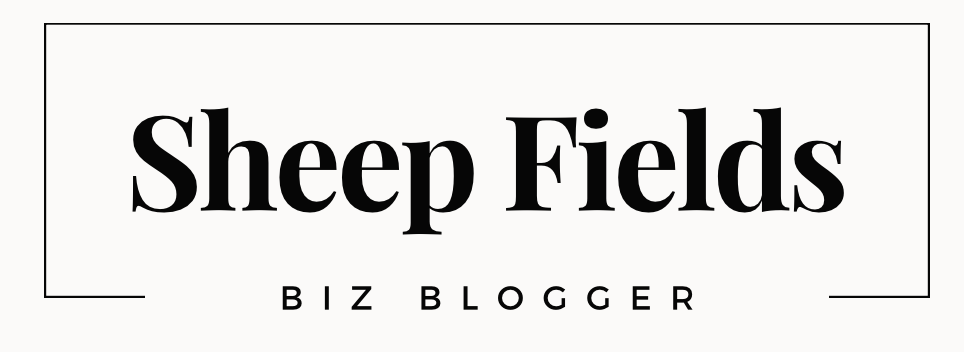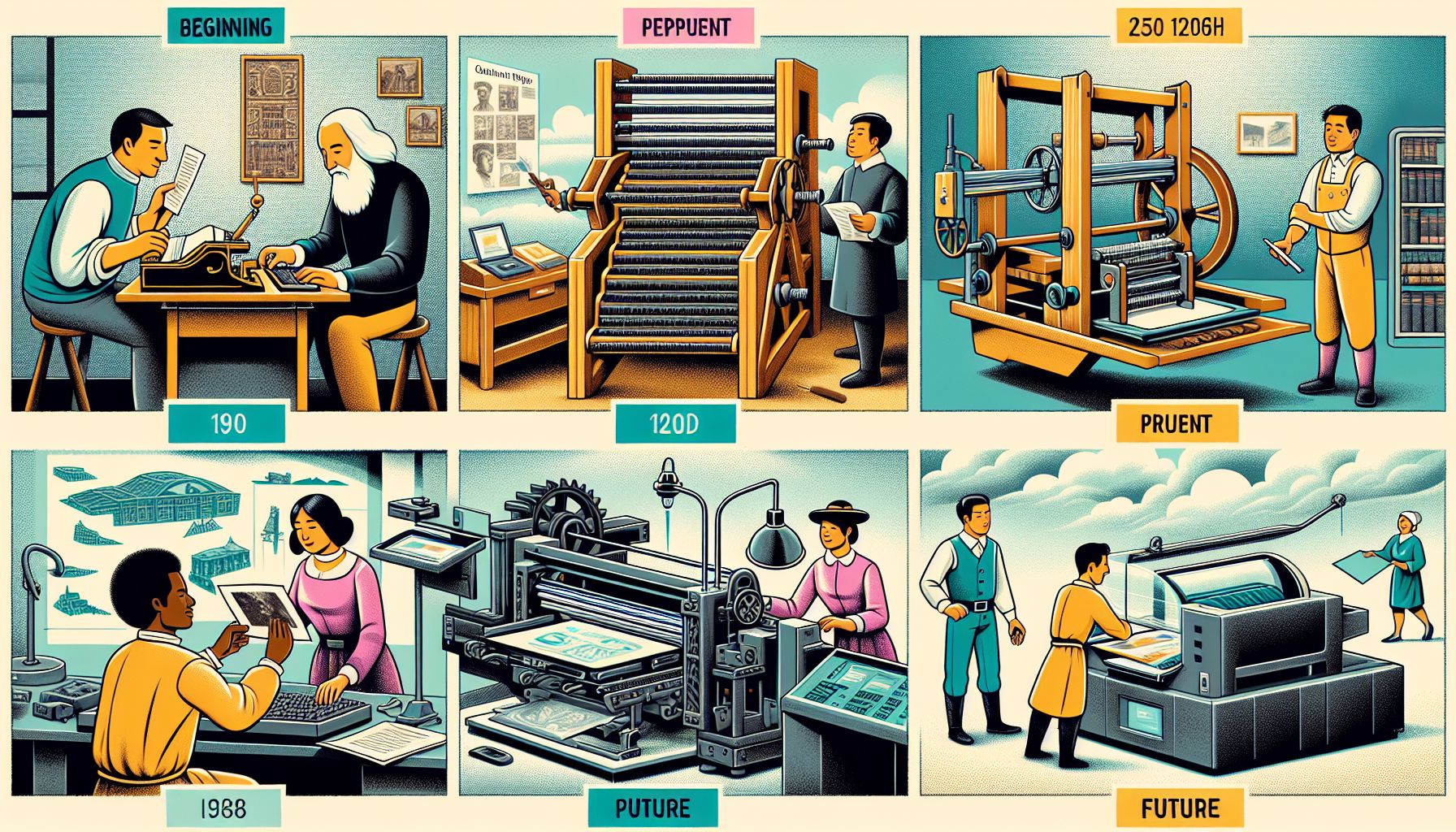The printing industry has long been a cornerstone of communication, marketing, and information dissemination. From newspapers to brochures, business cards to billboards, printing has played a vital role in our everyday lives. However, with the advent of digital media and advancements in technology, the printing industry has undergone significant shifts in recent years. In this blog post, we will explore the emerging trends shaping the printing industry and how they are transforming the way businesses and consumers approach traditional printing.
Introduction
With the rise of digital media and online communication, many believed that the printing industry would fade away. However, contrary to popular belief, the printing industry has adapted and evolved to stay relevant in the digital age. In fact, the convergence of technology and printing has opened up new possibilities and opportunities for growth. Today, let’s explore the emerging trends that are reshaping the future of the printing industry.
1. Digitization and Personalization
As traditional printing processes become increasingly automated, the industry has witnessed a surge in digitization. Digital printing allows for more accurate, faster, and cost-efficient production. It enables businesses to customize prints with variable data, creating personalized marketing materials which resonate with consumers on a deeper level. From direct mail campaigns to customer-centric brochures, personalization is a powerful tool that helps businesses stand out in a crowded marketplace.
2. Environmentally Friendly Practices
As sustainability becomes a key concern for consumers and businesses alike, the printing industry has responded by adopting more environmentally friendly practices. The use of eco-friendly inks, recycled paper, and energy-efficient printing presses is on the rise. Additionally, the concept of print-on-demand has gained popularity, reducing waste by ensuring printing occurs only when necessary. This shift towards sustainability not only appeals to environmentally conscious consumers but also helps businesses fulfill their corporate social responsibility.
3. Augmented Reality (AR)
One of the most exciting trends in the printing industry is the integration of augmented reality. By combining printed materials with AR technology, businesses can create interactive and engaging experiences for their target audience. AR allows consumers to scan a printed piece, which then triggers a digital overlay on their mobile devices, delivering additional content, product information, or even games. This integration of digital and printed media adds a new dimension to traditional printing, making it more captivating and memorable.
4. 3D Printing
With the advent of 3D printing technology, the printing industry has entered a new era of innovation. 3D printers can now produce physical objects layer by layer, revolutionizing manufacturing processes across various industries. From prototyping to custom product manufacturing, 3D printing offers unparalleled opportunities for creativity and cost-efficiency. As the technology continues to advance, we can expect 3D printing to have a lasting impact on traditional manufacturing methods.
5. Security Features
As counterfeiting and fraud threats increase, the printing industry has responded with advanced security features. Companies are now integrating various security measures into their printed material, including holographic images, unique QR codes, microtext, and invisible ink. By incorporating these security features, businesses can safeguard against counterfeiting while maintaining the aesthetic appeal of their prints. This trend is particularly relevant in sectors such as pharmaceuticals, finance, and luxury goods, where document integrity is of utmost importance.
6. On-Demand Printing
With the rise of e-commerce and online shopping, the demand for on-demand printing has grown exponentially. On-demand printing allows businesses to produce customized, small-batch prints with minimal setup costs and reduced inventory risks. Whether it’s personalized merchandise, wedding invitations, or promotional materials, on-demand printing offers flexibility and cost advantages over traditional offset printing. This trend has empowered entrepreneurs and small businesses to bring their creative ideas to life without the need for significant capital investment.
Conclusion
The printing industry is far from obsolete. Instead, it has embraced transformative technologies and evolved to meet the changing demands of businesses and consumers in the digital age. Digitization, personalization, sustainability, augmented reality, 3D printing, security features, and on-demand printing are just a few of the emerging trends that are reshaping the industry. As technology continues to advance, we can expect the printing industry to further innovate, providing us with new possibilities, creative solutions, and unforgettable experiences. So, the next time you hold a printed material in your hands, remember that the printing industry is alive and thriving, adapting to the demands of the modern world.

